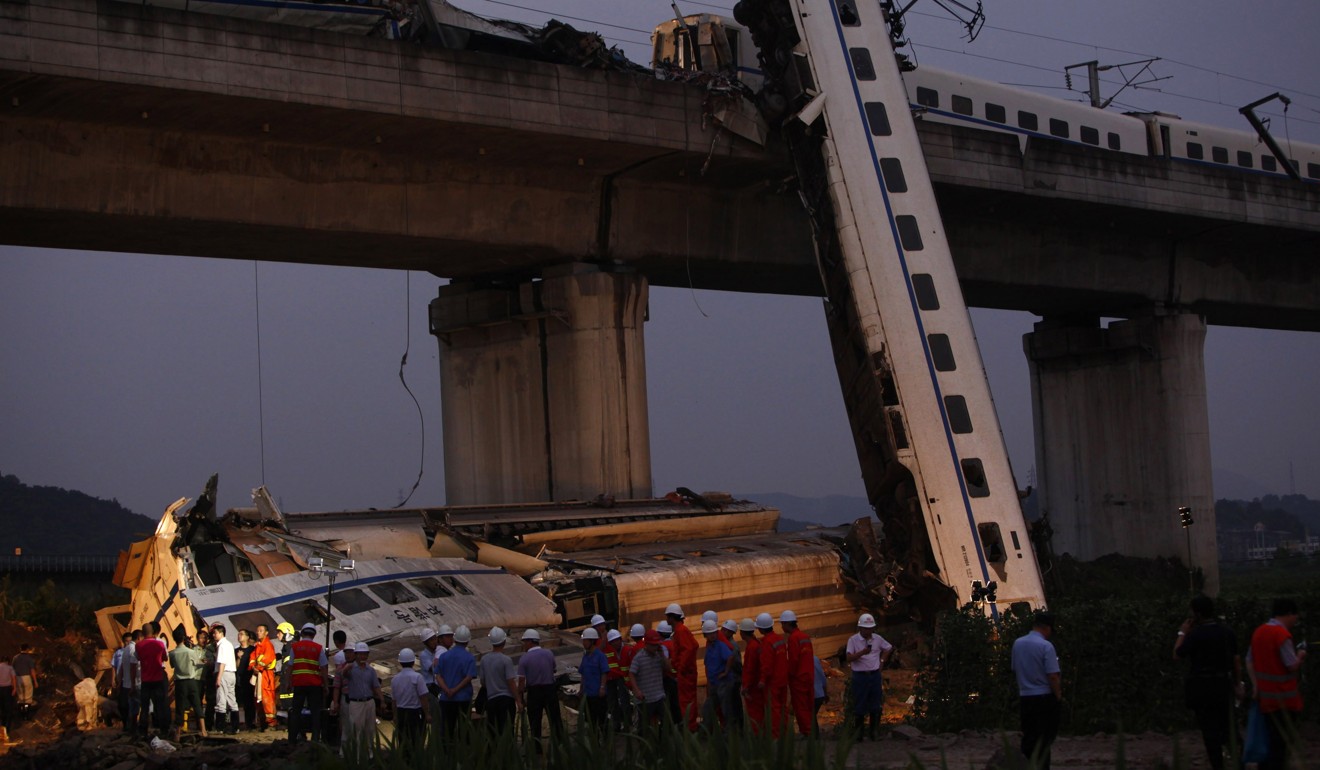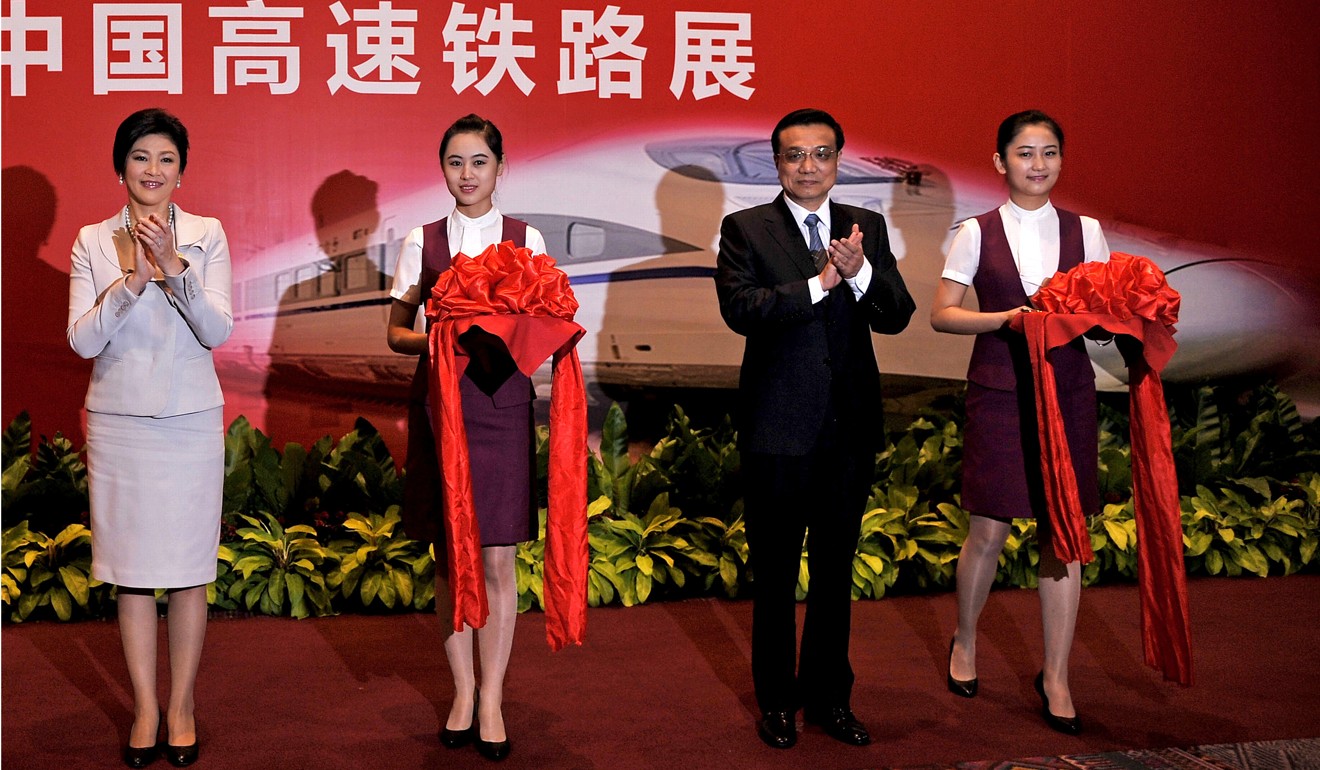
China’s pan-Asia rail project is on a slow track, and that’s OK
Will Doig says the project’s arduous progress even in a pliable country like Laos reflects the scale of the challenge of this marquee belt and road project. When it comes to international development, China is still moving up the learning curve
Following years of false starts and delays, China’s efforts to build a pan-Asia railway running the length of the Southeast Asian peninsula are finally beginning to gather steam. Tracks are being laid, bridges are rising, and boring machines are tunnelling through the soft limestone of the Himalayan foothills where China and Southeast Asia meet.
Since then, the pace of work in Laos has only accelerated. Project managers claim that tunnelling is 20 per cent complete, and over four-fifths of the railway’s land is reportedly under Chinese control.
But this positive progress report obscures the pan-Asia railway’s longer-term troubles. China isn’t moving aggressively forward in Laos because it’s the first country on the railway’s route. It’s because, of all four countries on the route, Laos is by far the easiest to penetrate. It’s one of the region’s poorest nations, landlocked and desperate for transport infrastructure. Bribery and corruption grease the wheels of large-scale development deals, and there’s consensus among the project’s observers that under-the-table yuan has done just that for the project in Laos.
It also benefits China that Laos’ leaders abide no public dissent. The state-controlled media blindly lavish praise on the project, and accountability is virtually non-existent. Public protests are rare. Many of the Lao villagers living the railway’s path aren’t fully aware of what’s coming their way. Several I spoke to had never seen a train in their lives.

The fact that it’s now moving forward — it’s scheduled for completion in December 2021 — isn’t cause for optimism. Instead, the slow pace of progress in such a pliable country bodes poorly for China’s plan to keep pushing the railway further into Southeast Asia, where it will have to work with countries with more money and more power to push back.
With time, China will find ways to circumvent some of the obstacles it has faced in Southeast Asia
It’s a cosy relationship, but it’s also reciprocal rather than dependent, which means that Thailand has far more leverage in dealing with China than Laos does. Since 2011, Thailand has been classified by the World Bank as an upper-middle income country.
And despite the current government cracking down on freedoms of speech and press, public dissent is still possible in Thailand. Its media remains fairly independent, and its citizens are well aware of the risks of too much Chinese influence seeping into their country.

When it comes to international development, China is still moving up the learning curve. With time, it will find ways to circumvent some of the obstacles it has faced in Southeast Asia. In fact, a pan-Asia railway doesn’t necessarily need to be one contiguous line stretching all the way from Kunming to Singapore to achieve many of China’s goals. Even a partially built network of rail could connect China with markets, seaports, industrial zones and other strategic interests on the peninsula. But pushing southwards will require increasing amounts of diplomatic deft on China’s part. A country like Laos may be easy to railroad — more powerful neighbours, not so much.
Will Doig is a journalist covering urban development and infrastructure in Asia and beyond, and the author of the book, High-Speed Empire: Chinese Expansion and the Future of Southeast Asia

